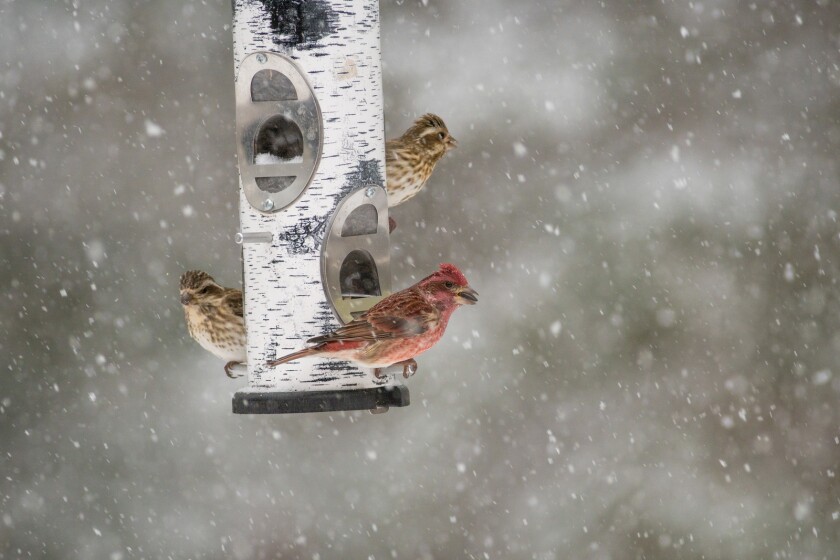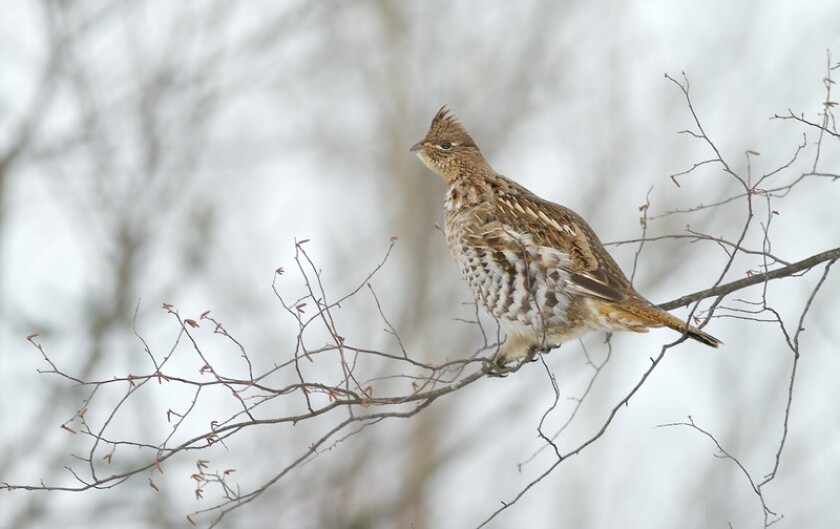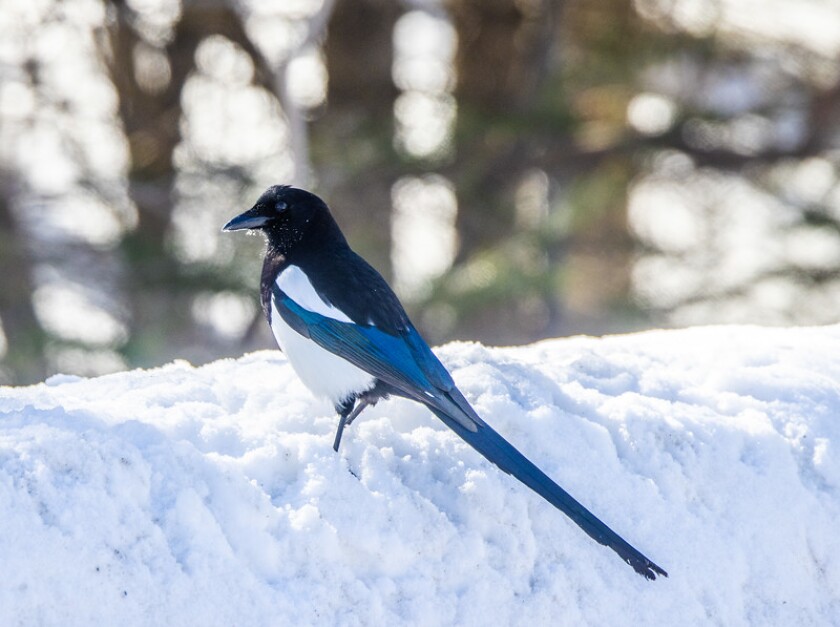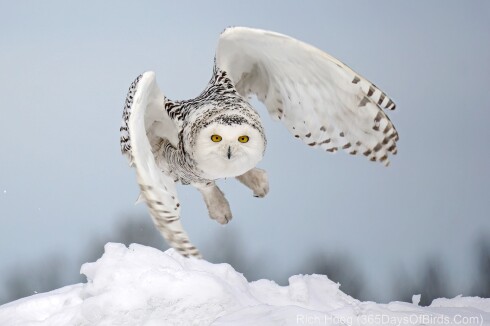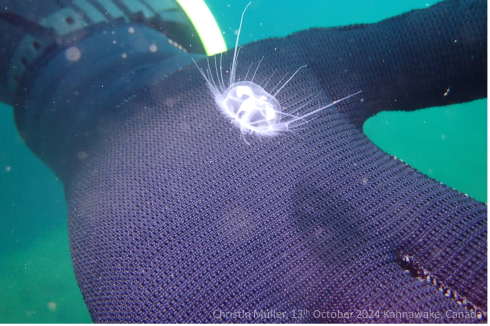A very dry September was followed by October, which was also arid, though not as much as the previous month. These are prime mushroom times in most years, but not this year. Mushrooms in the woods and lawns were few during these weeks. Once some earlier summer ones faded, we found almost none of these fungi.
Mushrooms are opportunists and appear to wait for the right conditions before sprouting. These right conditions include proper moisture which we did not get. The mycelia of these fungi remain present and will develop into the fruiting bodies that we call mushrooms above the substrates once conditions are right, which did not happen when expected.
ADVERTISEMENT
However, October did give us the expected leaf drop and with no snow cover provided for the beginning of "AutWin," the interlude between the leaf drop and the lasting blanket of snow. The light snow we received at the end of October melted and November continued the great AutWin. Some years, this interlude will last only about a week or two, but with mild temperatures, this year, it remained for about six weeks.
Walks in the woods during AutWin are remarkable and as I wandered here, I was not disappointed with the lack of mushrooms. There was plenty to see. Among the deciduous trees, what appeared to be many drab gray tree trunks revealed much more. The mosses that cover downed logs, rocks and bases of trees stood out with their greenery even though they were only inches tall.
Clubmoss (lycopodium, princess pine) and a few ferns were also green. Even some wildflowers, hepatica, pyrola and wintergreen, retained their green leaves.
And of course, there are the lichens. Hanging onto tree trunks, branches, logs, rocks and even the ground the lichens are abundant with green, blue-green and even yellow. (After rains, they absorb moisture and swell up to look larger and more colorful.) And yes, there are fungi.
There may have been a dearth of mushrooms, but not so with other fungi. A meander through the woods now will show many fungi that stick out from the sides of trees and logs. These shelf fungi (bracket) can be of various sizes and shapes.
Unlike the typical mushrooms in the soil, shelf fungi are usually perennial and maybe survive for years. And unlike mushrooms, their flesh can be very tough, sometimes like wood.
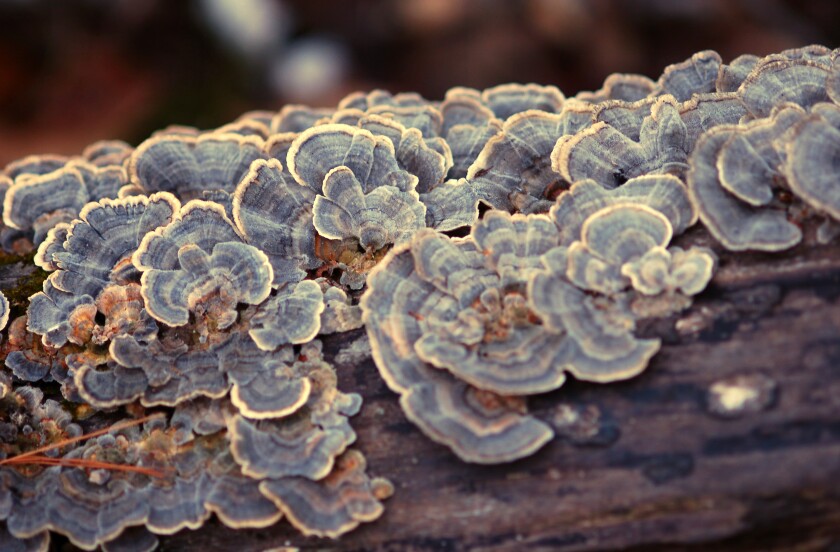
But as I walked a trail recently, I paused to look more closely at some downed branches. On these sites, I found a prolific growth of a different shelf fungus. And instead of being tough, this fungus was flexible and leathery. The top had concurrent bands of gray, brown and white while the undersides were light colored.
ADVERTISEMENT
With these banded growths, these fungi are known as turkey tails. Several kinds can appear this way, but I find most are of the genus Trametes. (Trametes is not to be confused with Tremella, a type of jelly fungus.)
Turkey tails are about only 3-4 inches long, 2-3 inches wide and only slightly stick up from the log. They grow in clusters and the sites that I examined had many of these turkey tails overlapping with each other. These are the fruiting bodies of the fungal mycelia within the logs. Reproductive spores are produced on the undersides in the numerous small pores.
Like other shelf fungi, turkey tails are perennial and will remain a delightful addition to the AutWin woods and the coming winter.







